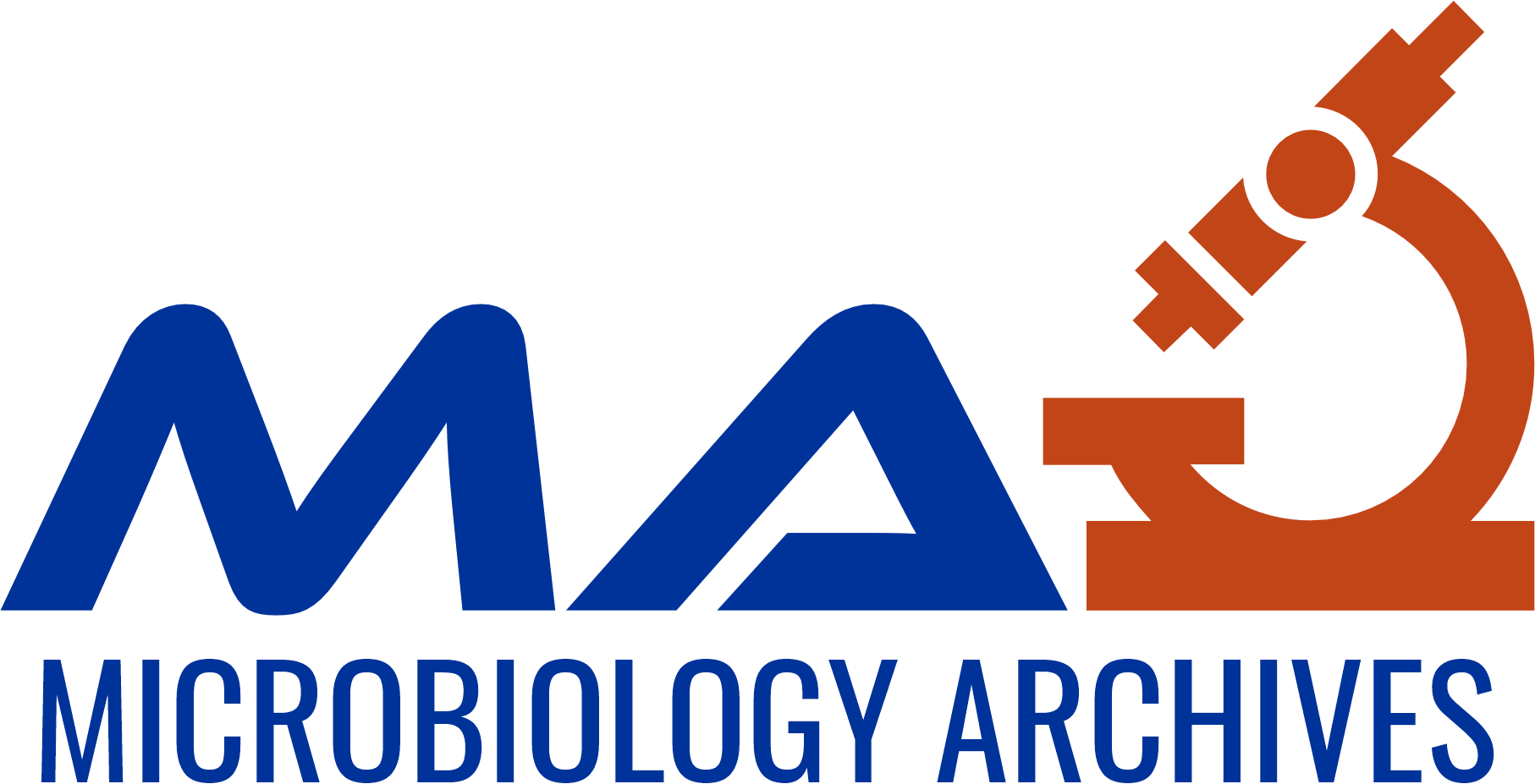The survival rate of Escherichia coli strains and Pseudomonas species of poultry origin during exposure to hydrogen peroxide and the consequential effect of the exposure on the antibiotics susceptibility pattern of the bacteria were assessed. The tested organisms (Escherichia coli BW2952, Escherichia coli EGE,Pseudomonas mucidolens,and Pseudomonas aeruginosa PAO1) were isolated from poultry droppings and identified using 16sRNA sequencing. Adaptation of the isolates to the biocide was first induced through successive passages in increasing concentrations (0.1–10% v/v) of H2O2.While the survival was determined by broth suspension/dilution. Susceptibility of the strains to carbapenem was determined using the disc diffusion method. The wild-type E. coli strains showed a similar resistance pattern to cephalosporins, penicillin, and carbapenems. P. mucidolensexhibited pandrug resistance, while P. aeruginosa was sensitive to the tested antibiotics. For the E. coli strains, viability was reduced directly with the increase in biocide concentration. Whereas the Pseudomonas strains persisted longer with a mean ≤4 log reduction at 24 h even in higher H202concentrations. The study reveals the capacity of multidrug-resistant (MDR) pathogens to survive biocide exposure by switching to viable but non-culturable (VBNC) states. It also highlights the need to consider the utilization of a combination of biocidal agents in disinfection.The ability of microorganisms to tolerate higher concentrations of H2O2 may be temporary/reversible or permanent/irreversible
